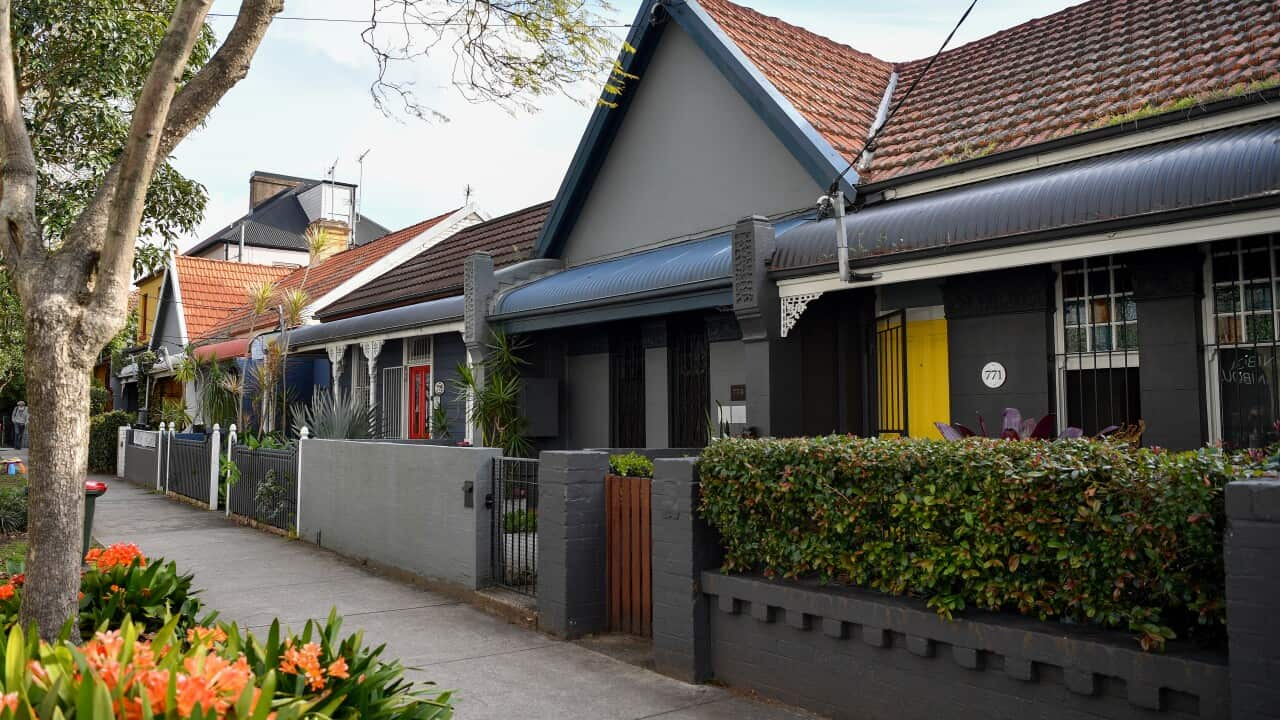Key Points
- Philip Lowe says Tuesday's interest rate hike is necessary to stop inflation lingering.
- Tuesday's interest rate hike is the 12th in a particularly assertive tightening cycle.
- Dr Lowe reiterated that further tightening may be needed if the situation calls for it.
Australia is still on track to bring inflation down without triggering a recession but this "narrow path" is littered with risks, Reserve Bank of Australia Governor Philip Lowe says.
- will ensure inflation comes back within its 2-3 per cent target range in a "reasonable timeframe".
But Mr Lowe said there were "significant risks" to his plan to bring inflation back to target reasonably quickly as the economy continues to grow.
"We are particularly attentive to the risk that inflation stays too high for too long," he warned during a speech at an event in Sydney on Wednesday.
"If that happens, expectations will adjust, high inflation will persist, interest rates and unemployment will be higher and the cost-of-living pressures on Australian families will continue."
Most observers were expecting the central bank to leave interest rates on hold on Tuesday, amid signs the economy was starting to lose momentum. Instead, it hiked the cash rate by 0.25 per cent to 4.1 per cent.
But the governor said the recent flow of data suggested there were many upside risks to inflation, including persistent services price inflation locally and overseas.
He also said the recent data on inflation, wages and housing prices were all higher than had been factored into forecasts.
"Given this shift in risks and the already fairly drawn-out return of inflation to target, the board judged that a further increase in interest rates was warranted."
The board also discussed the slowdown in spending and stresses on household finances from high-interest rates but ultimately decided it would be more costly for inflation to stay high for longer.
"It is in Australia's interest that we get on top of inflation and we do so before too long."
As in his statement following the June interest rate decision, Mr Lowe reiterated that further tightening may be required if the situation calls for it.
He touched on several sources of uncertainty the central bank would be watching closely - developments in the global economy, household spending, and growth in unit labour costs.
The governor has said the rate of growth in unit labour costs – that is, the difference between growth in nominal labour costs and productivity - has been a risk to the inflationary outlook.
However, he stresses that wages are not so much the problem but sluggish productivity growth that has not budged since 2019.
"The reasons for this are not well understood," he said.
He said the pandemic was largely to blame and there was a question mark hanging over the outlook for productivity growth in the future.
"It is possible that with the pandemic now behind us, productivity growth will pick up ... but there is considerable uncertainty here."



